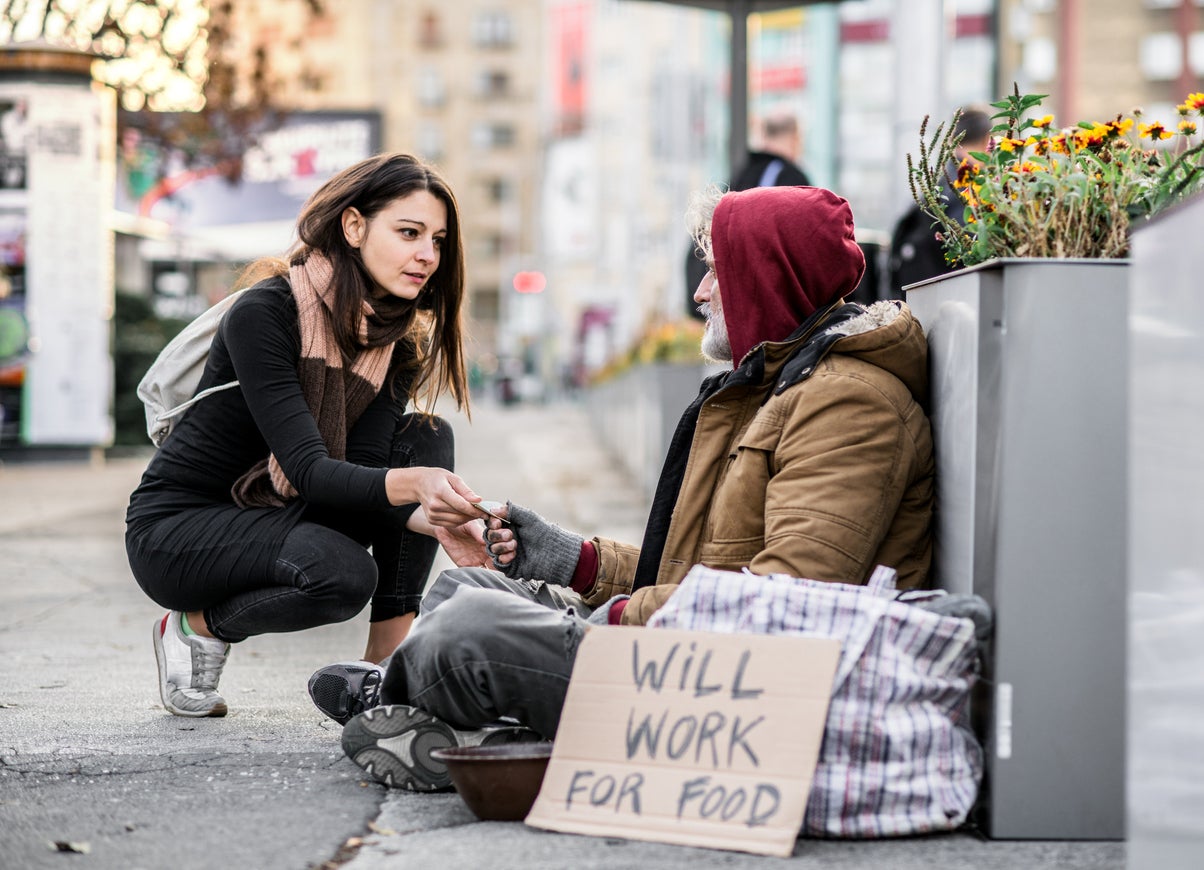The Real Reason Why Houselessness Is Such a Big Problem
The Real Reason Why Houselessness Is Such a Big Problem
When driving past the many tents that are lined up on the side of the highway, have you ever wondered how those tents got there? Have you ever wondered why so many tents are set up on the sidewalk instead of thinking of the people inside them? Most importantly, have you ever stopped to question your preconceptions of people experiencing houselessness?
Many people have grown up with a certain mindset about houseless people. This, of course, comes from a certain standpoint of privilege. If you grow up with the guaranteed promise of certain amenities, it could be hard to imagine a life without them. This way of thinking is prevalent in many social issues such as racism, ableism, etc. However, what this way of thinking lacks to affect is the persisting issue of houselessness as the houseless population continues to grow.
However, it should be said that the dehumanization of houselessness has gone down over the years. In a report that was published in 2020, it was found that "Americans generally agree that homelessness is an urgent problem" (VOICE). However, in the same report, it was also found that only about half of the people that responded to the report actually felt comfortable around houseless people. Some of these respondents also reported that they felt powerless to help with the issue and felt guilty about it overall. The powerlessness the people feel is very real when it comes to attempting to tackle this issue. But why?
The generalizations and preconceived notions that some of us have had for homeless people not only affect the general population but its effects are seen at a governmental level as well. Although the effects of the perpetuation of harmful myths about houseless people is still a big issue amongst the general population, the effects are seen at an even greater level once they've infiltrated places of power. Getting the general population to care enough to advocate for houseless people is one feat of its own, but ramping up these advocating efforts enough to influence structural changes is another. This is especially hard when there is no political incentive for these politicians to implement these changes.
Below is a video from a T.V. news channel in Portland, Oregon: a city with one of the highest houseless populations ("Discrepancy Report").
In this video, you can see the many structural problems that affect the houseless population. Politicians don't feel the strong need for change. It can also be argued that the politicians don't understand or make an effort to understand the actual issues of the problem. This is exemplified in the city's concentration on permanent housing. The city is running out of money and land to continue this unimpactful solution. They've hidden behind excuses to fund shelters such as "lack of transportation" and general "inaccessibility", even when perfectly good solutions to those problems are able to be put in place. These decisions seem to be made from a lack of general incentive as opposed to what is actually good for houseless people. As County Chair Deborah Kafoury stated in the video, it wasn't of interest to the county.
To really highlight the biggest component of the problem, the mayor of Portland spoke in the video: "When it comes to issues of homelessness, it's not just the city. It's the county, it's the metro government, it's the state government..."
However, it should be said that despite these huge, structural obstacles that prevent movements from being made on solving the homelessness crisis, there are still efforts being made to counteract this inactivity. For example, the news segment above featured Harbor of Hope, which is an organization based in Oregon that works to provide safe spaces for the homeless population in Oregon. You can read more about them here: https://oregonharborofhope.org/. Another example is the organization that generated the report referenced earlier in this blog: Invisible People. They generate in-depth reports about the houseless population in order to "change the story of homelessness". Learn more about them here: https://invisiblepeople.tv/. These groups continue to work for the houseless population even when the city doesn't give them resources to do so.
The title of the blog may imply that these structural obstacles are the real reason for the growing population. While it's not the only reason, it remains to be a pretty big one. However, we can collectively begin to tackle it by spreading awareness and doing what we can to learn more about the homeless experience. Once we solidify our understanding of intricacies that go behind the problem of houselessness, we can then collectively push for feasible solutions that push us closer to solving this prevalent issue.
Sources:
- https://www.denvervoice.org/archive/2020/12/22/what-americans-believe-about-homelessness
- https://discrepancyreport.com/portland-ranks-25th-in-rate-of-homelessness/



Comments
Post a Comment